Description
Ethylene Glycol: A Deeper Look at This Versatile Yet Dangerous Chemical
Ethylene glycol, a simple yet potent organic compound, plays a significant role in various industries, from automotive to textiles. However, its toxicity presents a serious concern that warrants careful handling and awareness. This article explores the properties, uses, and potential dangers associated with ethylene glycol.
What is Ethylene Glycol?
At its core, ethylene glycol (EG) is a colorless, odorless, and sweet-tasting liquid. Its chemical formula is (CH₂OH)₂, consisting of two carbon atoms each bound to a hydroxyl (-OH) group. This structure gives it a high boiling point (197.3 °C) and makes it miscible with water, meaning it can dissolve easily in water. These properties contribute to its versatility in various applications.
A Workhorse in Industry: Common Uses of Ethylene Glycol
Ethylene glycol’s properties make it invaluable in various industries:
- Antifreeze and Coolant: This is undoubtedly its most well-known application. EG lowers the freezing point of water and raises its boiling point, making it ideal for preventing freezing and overheating in automotive cooling systems. It’s mixed with water to create the coolant used in cars and other internal combustion engines.
- Production of Polyester Fibers and Resins: Ethylene glycol is a crucial building block in the production of polyester fibers like PET (polyethylene terephthalate), used in clothing, plastic bottles, and packaging. It’s also used to manufacture polyester resins for various applications, including fiberglass and paints.
- De-icing Agent: Due to its ability to lower the freezing point of water, EG is used as a de-icing agent for aircraft wings and runways, preventing ice formation and ensuring safe takeoffs and landings.
- Industrial Solvent: While not its primary use, ethylene glycol can be used as a solvent in certain industrial applications due to its ability to dissolve a variety of compounds.
- Hydrate Inhibitor in Natural Gas Pipelines: EG is used to prevent the formation of hydrates (ice-like solids) in natural gas pipelines, which can block the flow of gas.
The Dark Side: Toxicity and its Consequences
Despite its utility, ethylene glycol is highly toxic, posing a significant health hazard if ingested. Its sweet taste can unfortunately make it tempting, especially to children and animals.
The toxicity of ethylene glycol stems from its metabolism in the body. When ingested, the body breaks it down into several toxic metabolites, including:
- Glycolic Acid: Contributes to metabolic acidosis, a dangerous condition where the body’s pH becomes too acidic.
- Glyoxylic Acid: Damages kidney cells.
- Oxalic Acid: Forms calcium oxalate crystals that can deposit in the kidneys, leading to kidney damage and failure.
Symptoms of ethylene glycol poisoning typically progress in stages:
- Early Stage (30 minutes to 12 hours post-ingestion): Symptoms resemble alcohol intoxication, including slurred speech, dizziness, nausea, vomiting, and confusion.
- Cardiopulmonary Stage (12 to 24 hours post-ingestion): Symptoms include increased heart rate, high blood pressure, shortness of breath, and possible heart failure.
- Renal Stage (24 to 72 hours post-ingestion): Symptoms include flank pain, decreased urine output, and acute kidney failure.
Prevention and Treatment: A Matter of Life and Death
Prevention is crucial when dealing with ethylene glycol. Here are some important safety measures:
- Storage: Store ethylene glycol in clearly labeled, tightly sealed containers, out of reach of children and animals.
- Handling: Wear appropriate protective gear, such as gloves and eye protection, when handling ethylene glycol.
- Spill Management: Clean up spills immediately and properly dispose of contaminated materials.
- Never Pour Down the Drain: Ethylene glycol can contaminate water sources; dispose of it properly through hazardous waste collection programs.
Treatment for ethylene glycol poisoning requires immediate medical attention. Key components of treatment include:
- Gastric Lavage (if recent ingestion): To remove any remaining ethylene glycol from the stomach.
- Administration of Antidotes: The primary antidotes are fomepizole and ethanol. Fomepizole is preferred as it is more effective and has fewer side effects. These antidotes work by inhibiting the enzyme alcohol dehydrogenase, which is responsible for metabolizing ethylene glycol into its toxic metabolites.
- Hemodialysis: To remove ethylene glycol and its toxic metabolites from the blood.
- Supportive Care: To manage symptoms and complications, such as metabolic acidosis and kidney failure.
Conclusion: Respecting the Power and Peril of Ethylene Glycol
Ethylene glycol is a valuable chemical with a wide range of applications that contribute significantly to various industries. However, its inherent toxicity demands a healthy respect and careful handling. By understanding its properties, potential dangers, and appropriate safety measures, we can utilize its benefits while minimizing the risk of poisoning and its potentially devastating consequences. Constant vigilance, proper storage, and immediate medical attention in case of suspected ingestion are essential for ensuring the safe use of this versatile yet dangerous chemical.

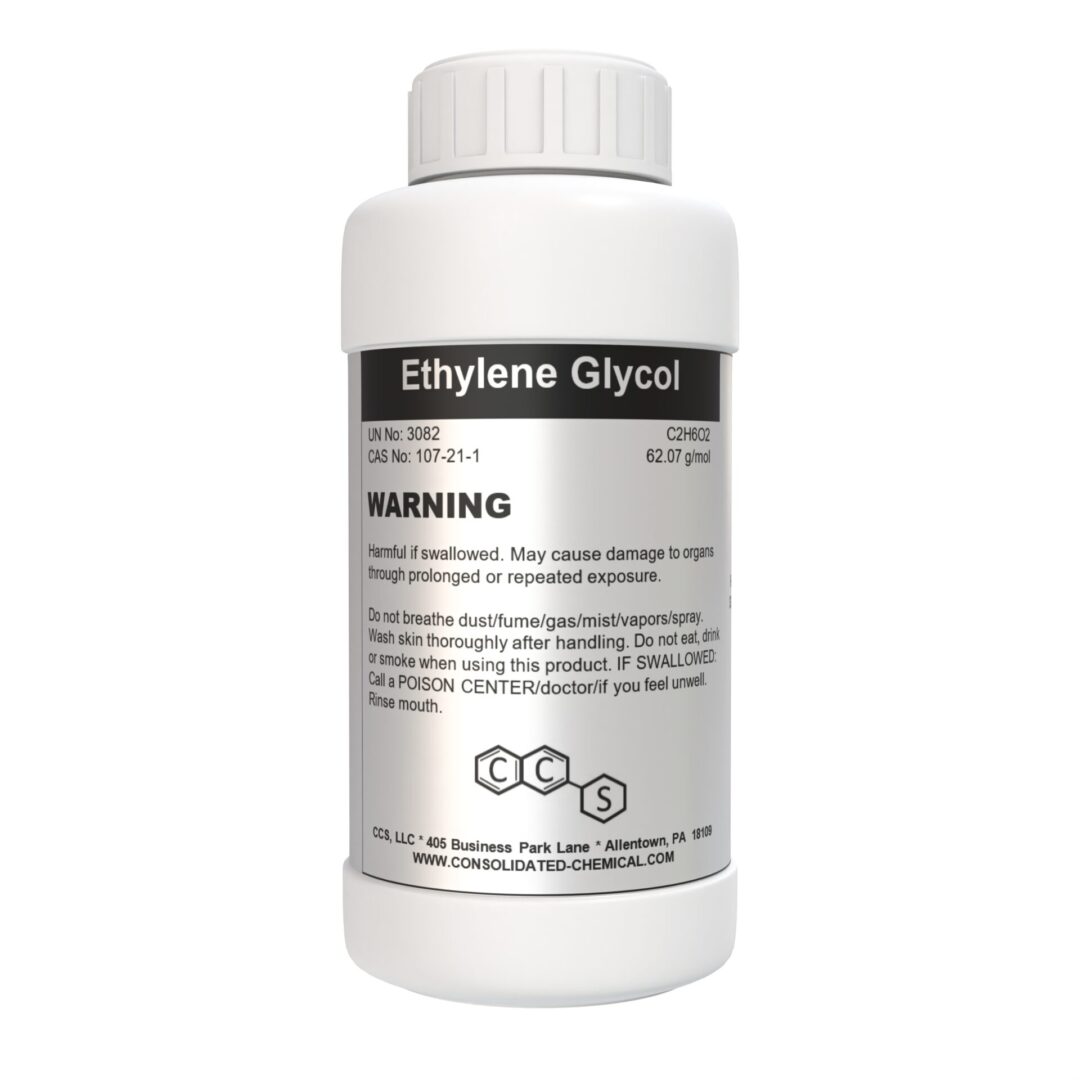


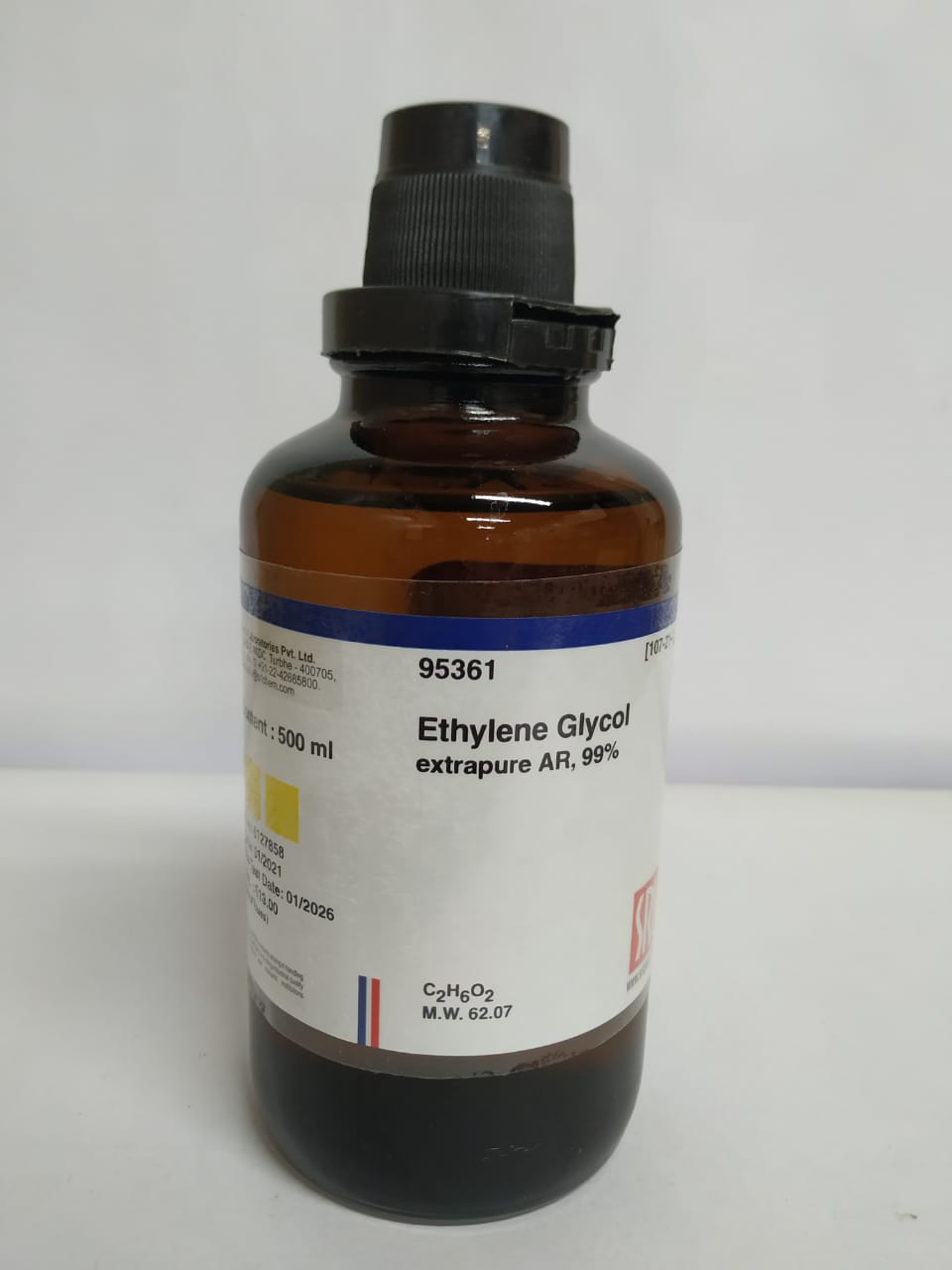
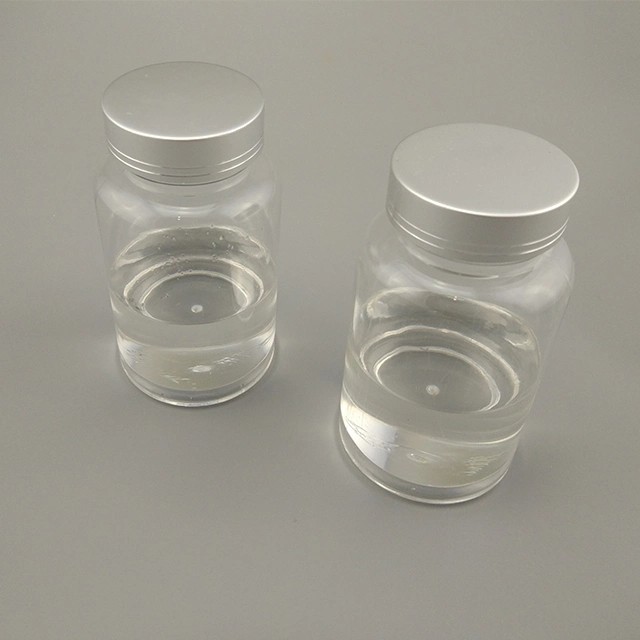
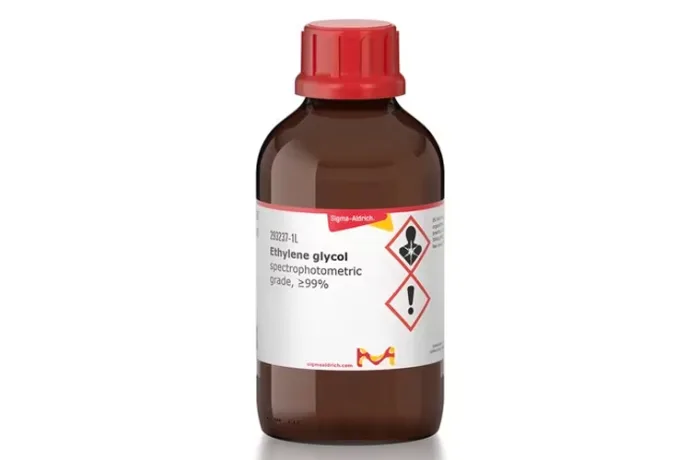

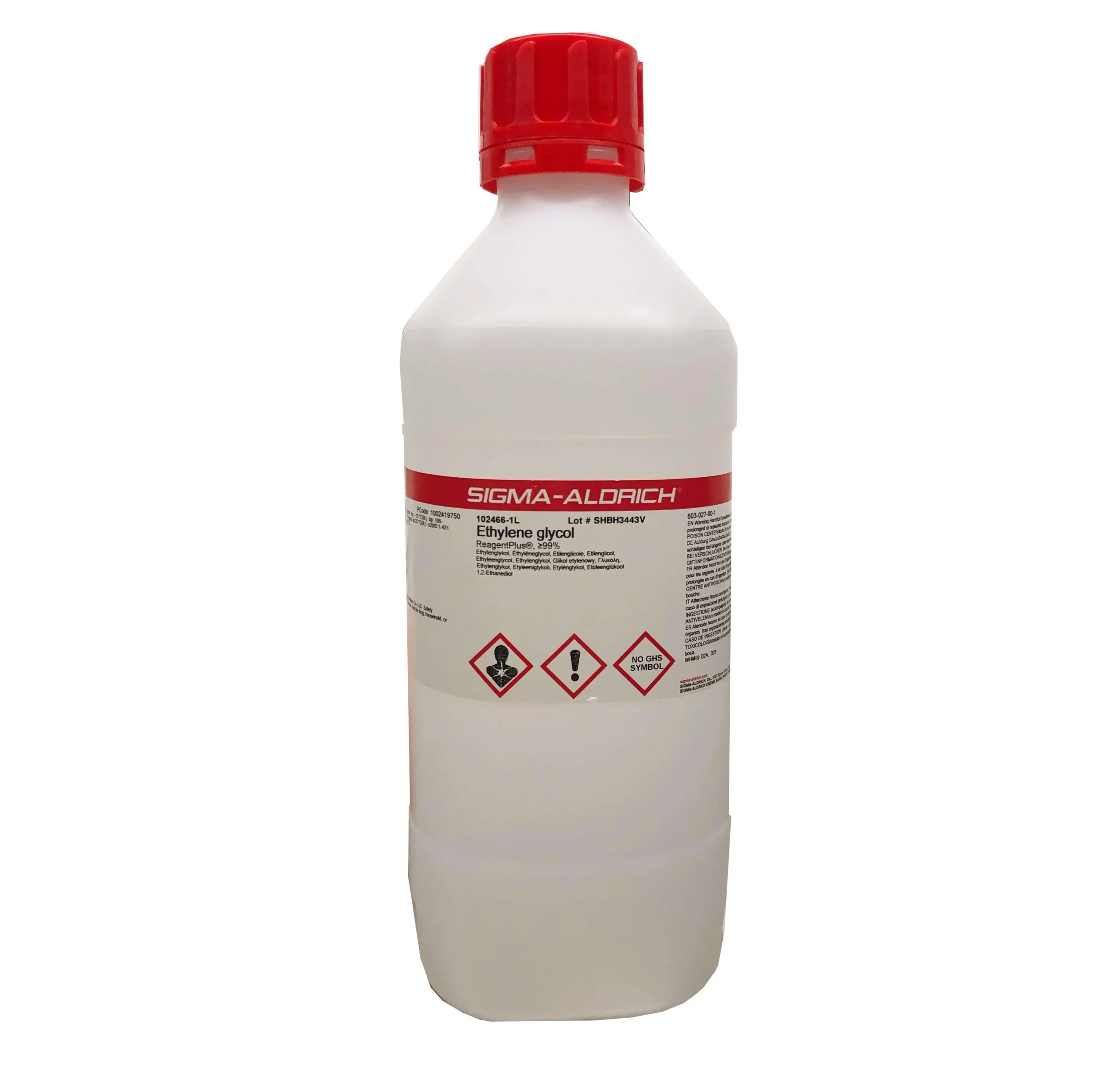
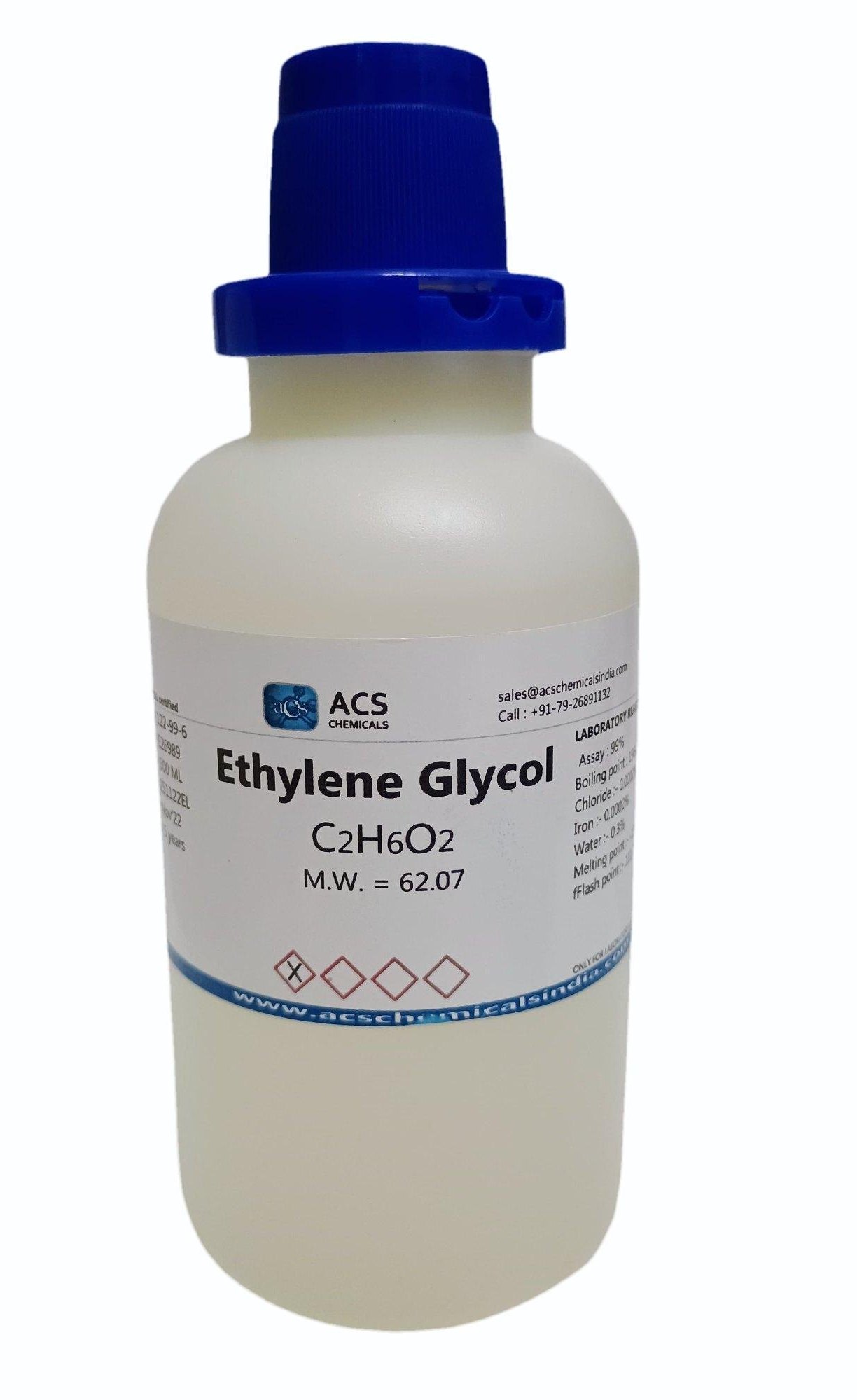


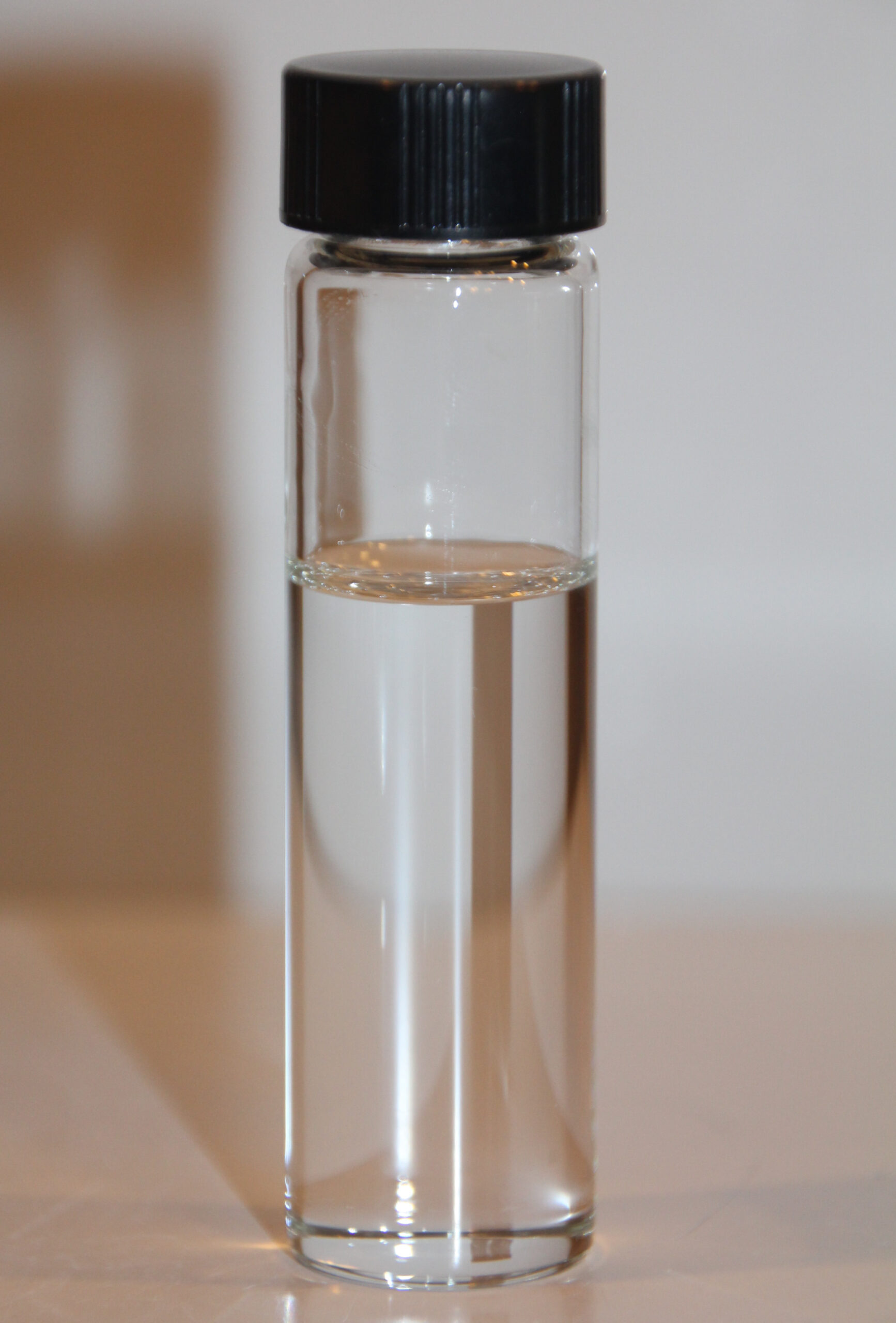
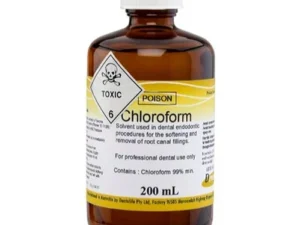
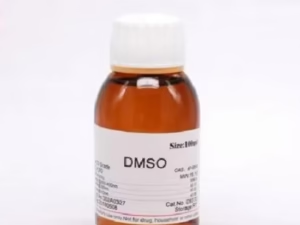
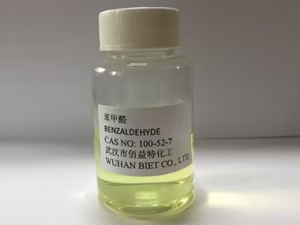

Reviews
There are no reviews yet.